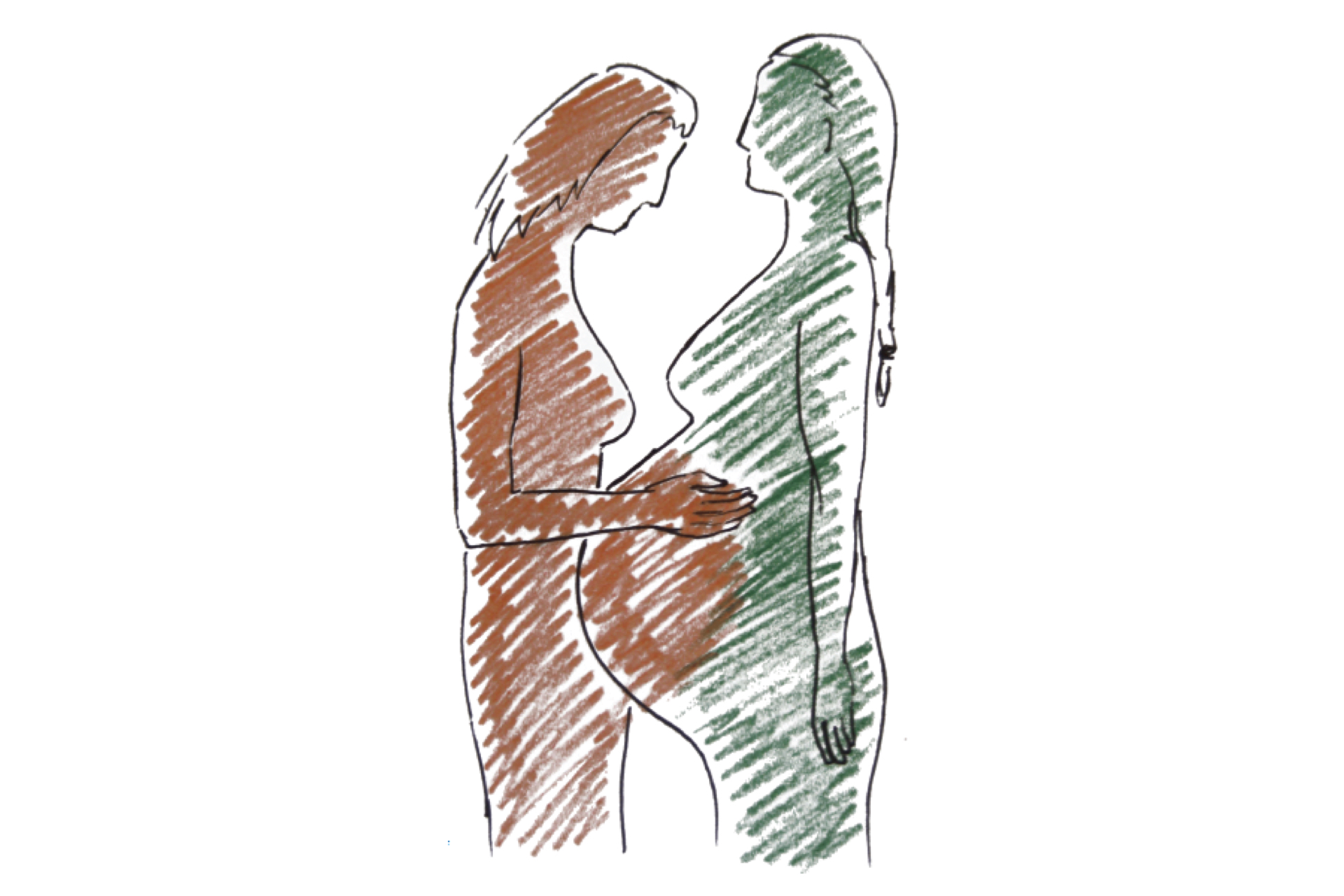The concept of growing a baby in an engineered environment, or an 'artificial womb', perhaps seems more suited to a sci-fi movie than a real-life medical scenario. However, advances in our understanding of neonatal care and technological developments mean that such a goal might not be quite so far-fetched.
In October, a team of Dutch researchers were awarded a €2.9m grant to develop a prototype artificial womb for use in neonatal care. Previously in 2017, a team in Philadelphia created the 'biobag', a transparent bag that mimicked a womb-like environment filled with fake amniotic fluid in which prematurely delivered lambs appeared to continue developing normally.
In light of this, the 1 November episode of The Guardian's Science Weekly podcast, presented by journalist Nicola Davies, addressed the current state of neonatal care, the concept of developing and using an artificial womb, and the medical and ethical implications that this technology might have.
Davies opened the episode with the statistic that babies born at 22 weeks have just a 10 percent chance of survival. At 24 weeks, this leaps to a 60 percent chance. That just two weeks of development leads to such a staggering increase in survival chances outside the womb is clearly of huge importance for improving the technology involved with neonatal care.
To try and understand this, the first part of the podcast was a conversation with Neil Marlow, Professor of Neonatal Medicine at University College London and Chair of the NHS England Neonatal Critical Care Clinical Reference Group.
He first raised a point that I think might often be overlooked by non-experts – that for a baby to be born prematurely, something must be fundamentally wrong in either the baby's development, or the environment of the womb. However, in many cases, very little is known about the problems that have contributed to the premature birth of a baby.
Consequently, he explained, neonatal care must focus on trying to address the innate problems that have caused premature birth, but also to lessen the problems that are created by caring for a baby forced to exist outside of the healthy uterine environment. For example, high oxygen levels impair blood vessel growth during retinal development. Therefore, when premature babies are born without a mature retina, preventative steps are needed to prevent the air they breathe causing blindness.
This first section of the podcast was an informative introduction and presented the argument for creating artificial wombs as a means of mimicking the uterine environment. The 'biobags' that were previously introduced at the beginning were also briefly discussed, with the crucial remark made by Professor Marlow, that just because the biobags were capable of maintaining the normal development of a 'fake' premature lamb, it didn't mean that a genuinely premature baby – with all the associated medical concerns – would be able to grow in the same artificial environment.
Nonetheless, he agreed that the 'biobags' offered advancement in our understanding of early development, and the chance to explore caring for neonatal infants in a fluid environment.
The second part of the podcast focused on the ethical and legal implications of artificial wombs, with a discussion with Bioethics PhD candidate Elizabeth Chloe Romanis from the University of Manchester. Romanis specialises in the bioethics surrounding artificial wombs, and she was a knowledgeable and balanced contributor to the episode.
This portion of the podcast covered a myriad of legal and ethical topics. An idea I found particularly interesting was how to define babies that might be put in an artificial womb, and whether they would count as being a 'living' baby, given that their vital processes would be sustained by an artificial placenta and uterine fluid. Would these babies therefore be covered in a normal legal framework, or would modifications be needed before artificial wombs could be introduced responsibly into a hospital environment?
Furthermore, Romanis raised the valid point that scientists, policy makers and legal teams need to work together before such experimental technologies arrive, be that artificial wombs or CRISPR-modified embryos.
'Ethico-legal issues involved when we are talking about reproductive technologies are so complicated, and there are lots of nuances and potential implications…[I think] we can only engage properly and thoroughly and have really reasoned discussions about these kind of issues if we engage with them now when they are sort of speculative, rather than waiting until the technology is here and having reactions motivated by fear and disgust or a dangerous over-enthusiasm.'
I thought it was a shame that neither the Dutch research group nor the Philadelphia-based creators of the 'biobag' were interviewed on the podcast. Davies does state that although the Philadelphia team were contacted to be included, they declined. This meant that the podcast gave no real insight into the technology behind the artificial womb itself, and no comment on the current prospect of an artificial womb being used in neonatal care.
Nonetheless, I found this podcast to be real food for thought. In particular, the segment on ethics raised many questions on how this technology might make us reconsider our definition of what 'life' or 'being born' really means. As a scientist working on more abstract, basic science, I don't normally dwell on how research translates to a legal framework, and I spent a long time after listening to this episode thinking about the issues discussed.






Leave a Reply
You must be logged in to post a comment.